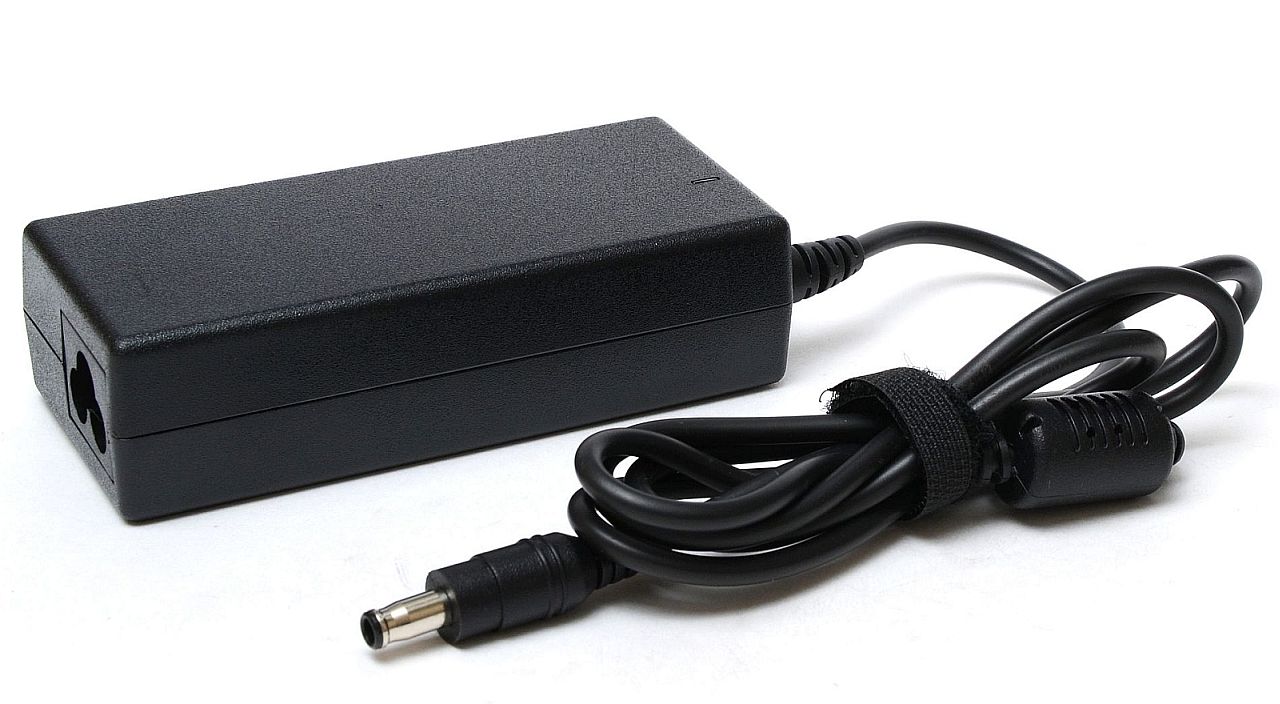Noticed, that the charger stopped charging the laptop, or does it inefficiently? The diagnosis is simple - you need to look for a replacement. Choosing a new power supply is easy, because it has model designations, which allows you to easily find a replacement. However, this is not the only, what to consider. Let's look at the main points to pay attention to.
What to look for when buying a PSU?
choosing laptop charger, Several key features must be taken into account.
- Input voltage. The parameter indicates for which type of outlet a specific power supply is designed. It's not the plug or socket itself, and in the voltage level in a given country. Tension in Ukraine 220 volt. In the Middle East and Africa it 240 volt. In the case of Green Cell chargers, things are much simpler., After all, the manufacturer has provided for the possibility of operating the device in the range from 100 up to even 240 volt.
- Output voltage. Inform about, How is the current going to the computer from the power supply?. This data concerns: voltage in volts (AT), current strength in amperes (BUT). The indicator determines the speed of charging the battery when using a PSU.
- Dimensions and type of laptop adapter plug. Mobile PC manufacturers install different types of plugs that are not compatible with each other. Popular types and sizes:
- 2,5–0.7 mm - ASUS, Samsung
- 5,5-2.5 mm - Acer, ASUS, MSI, Toshiba, Medion, Fujitsu, HP, Lenovo, Samsung
- 3,0-1.1 mm - Acer, ASUS, Samsung
- 5,5-3.0 mm - Samsung
- 4,0–1.35 mm - ASUS
- 6,0–4.4 mm - ASUS
- 4,0-1.7 mm - Lenovo, ASUS, Toshiba, HP
- 6,5–4.4 mm - Sony, Vaio
- 4,5–3.0 mm - ASUS, Dell, HP
- 7,4–5.0 мм - Dell, HP
- 4,8–1.7 mm - ASUS, HP, LG, Sony, Vaio
- 7,7-5.5 mm - Lenovo
- 5,5-1.7 mm - Acer, Dell Packard Bell, Gateway
- 2,5 – 0,7 мм - ASUS, Samsung
- 5,5 – 2,5 mm - Acer, ASUS, MSI, Toshiba, Medion, Fujitsu, HP, Lenovo, Samsung
- 3,0 – 1,1 mm - Acer, ASUS, Samsung
- 5,5 – 3,0 mm - Samsung
- 4,0 – 1,35 mm – ASUS
- 6,0 – 4,4 мм - ASUS
- 4,0 – 1,7 mm - Lenovo, ASUS, Toshiba, HP
- 6,5 – 4,4 mm - Sony, Vaio
- 4,5 – 3,0 мм - ASUS, Dell, HP
- 7,4 – 5,0 мм - Dell, HP
- 4,8 – 1,7 мм - ASUS, HP, LG, Sony, Vaio
- 7,7 – 5,5 mm - Lenovo
- 5,5-1.7 mm - Acer, Dell Packard Bell, Gateway
Frequently Asked Questions
- Is it possible to use a more powerful laptop charger?
- If the voltage is higher, but the current is the same, like on the device, there is a chance that, what will work the emergency shutdown of the laptop when excessive voltage is detected. Otherwise, the laptop will operate at a much higher temperature., than that, for which it is designed. This reduces the duration of its service at times., or even break, e.g. motherboard short circuit. When the voltage of the power supply matches the laptop, and more current, there will be no negative impact on the device.
- Can I use a third party power supply??
- The main difference between original power supplies and analogues is their price.. Buying the original, designed for a particular laptop model, you can be sure, what is the equipment with the right parameters. When buying an analogue, you must carefully check, Are the characteristics of the charger the same as the parameters of the laptop, and also if the power supply connector is suitable for the computer.
- How to find out the power of the power supply?
- Manufacturers clearly label the DC OUTPUT jack, where voltage and current are indicated. This contains information (example):
- Power: 65 W
- Current strength: 3.25 BUT
- Voltage: 20 AT
- Manufacturers clearly label the DC OUTPUT jack, where voltage and current are indicated. This contains information (example):
_












